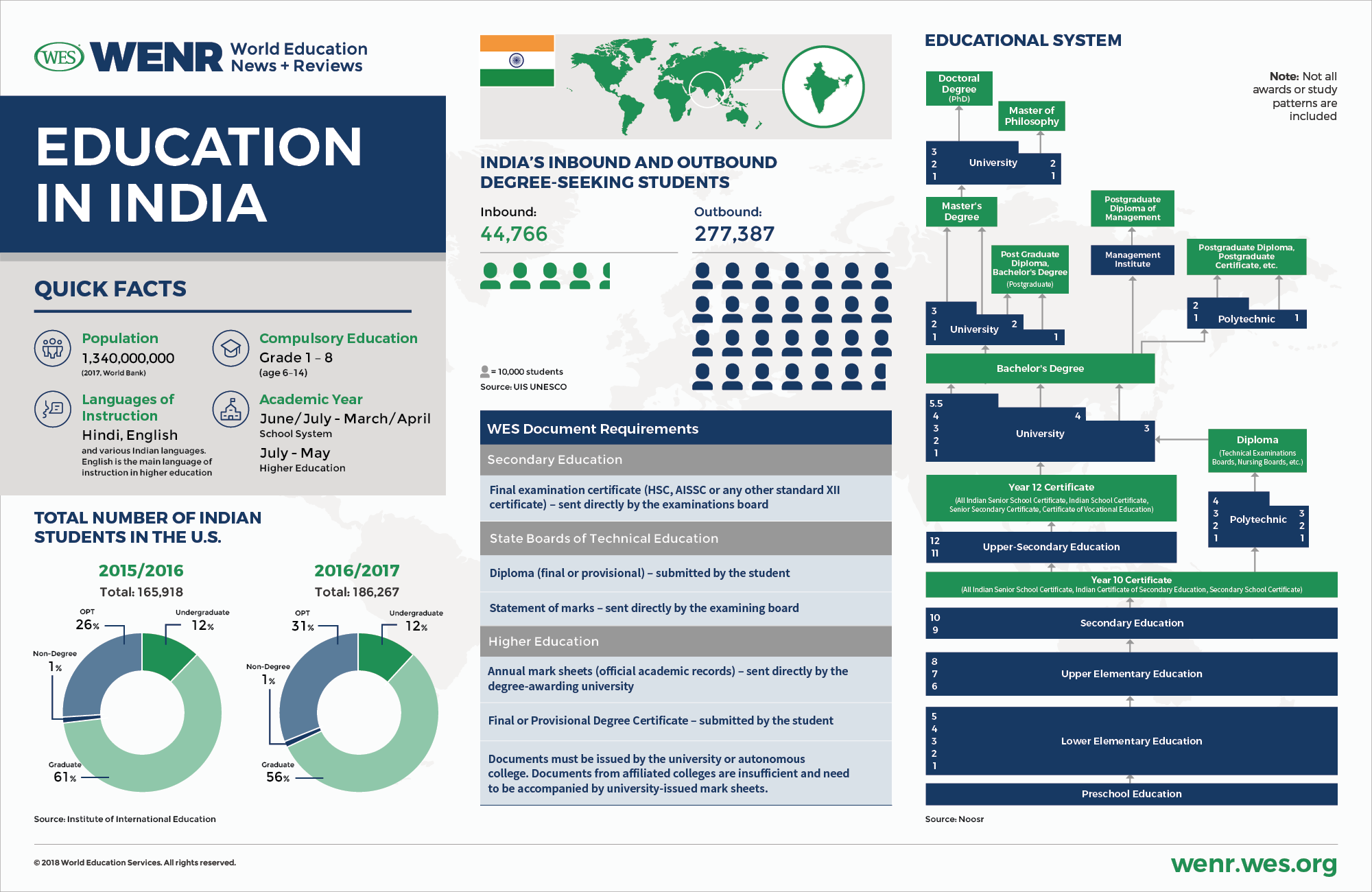Having one of the largest youth populations, the country is tasked with the challenge to accommodate millions of students trying to pursue higher education every year. The same students who are indispensable to India’s growth and development. Yet every year, they are faced with the inadequacies of a system that fails them and forces them to make choices inimical to their goals and aspirations.
It is not an exaggeration to say that entering college marks a milestone in every young adult’s life. Perhaps more so in the Indian context. A lot would agree when I say that for many students, getting into college is an imperative which, according to them directs how successful in life they will get. It is not surprising to hear parents pouring in lakhs into their child’s education for coaching, exam preps, entrance preps, anything and everything necessary to get their child into a ‘good’ college which would safeguard their chances of getting a ‘good’ job- the assured way of becoming an upstanding, respectable member of society. The reason for our societies’ obsessive emphasis on entering a ‘good’ college is fairly understandable.
For a developing country like India, a college degree is a certified option which guarantees a higher standard for people in terms of employment, income, and all-round development. With the rising costs of higher education, for many students, getting into a good government institute assures them a high standard of education, with greatly reduced financial pressure. Therefore, it is not surprising that the competition is fierce for said institutions with hundreds competing for one seat. While it is justified for there to be competition for top premier institutes, the absurdity of the figures that come up glaringly point to a much deeply embedded problem within the college education system as a whole.
The vision for higher education in India has been to realize and develop the country’s human resource potential to its fullest for the growth and development of the country. It was with this vision that all the way back in 1950s, the first IIT – a reflection of the top premier institutes of the country came into existence. Back then it was meant to be a symbol for the new India which represented its urges, aspirations and future in the making. A platform which gave students the best facilities to innovate, research and develop for the prosperity of the country.
Fast forward 70 or so years, the status quo remains the same. However, what was begun as an endeavor towards promoting higher education is now seen as the final product. Rather than building more institutes with similar standards of education, priority is given to upgrading the already well funded faculties which becomes an issue when we consider the vacuum created by the lack of affordable quality education as the proportion of these top premier universities barely saw any increase. The aspirants appearing for entrances to these institutions soared up to staggering degrees.

Last year, 1.5 million students took the Joint Entrance Examination (JEE) to qualify for 13,000 seats in 23 IITs across the country — in other words, for each seat there were 115 aspirants. This figure is for IITs alone. The statistics for medical courses show even more absurd ratios.
So intense is the pressure and so grueling is the preparation required that students as young as 14 start the process, often missing out on the simple joys of adolescence. Most give up extra-curricular activities, relationships with friends and peers, and all forms of entertainment to achieve the goal. By the time they achieve their aim, if they do, many realize they have lost out on social skills, ability to communicate easily with others, and of course, some part of their youth.
India’s higher education system is the world’s third largest in terms of students, next to China and the United States. In future, India will be one of the largest education hubs. India’s Higher Education sector has witnessed a tremendous increase in the number of Universities/University level Institutions & Colleges since independence. What has not increased, however, is the standard of education these universities and colleges provide. If anything, reports show that standards have further deteriorated. An example of this would be a 2019 report where it was found that 80% of the engineering graduates were unemployable because they lacked relevant digital skills that companies in an emerging market are looking to hire for.
What all of this concludes towards is a country with a young population desperately trying to get into colleges through fierce competition, and failing to do so costing them enormous financial burden, getting a standard of education which deprives them of necessary relevant skills required to enter the job market – resulting in the rise of educated unemployment. Issues such as inadequate expenditure, poor infrastructure, inadequate teaching staff, lack of updated curriculum, state funded public institutions which school a majority of students.
In brief, the qualitative goals of education face systemic and societal challenges. They cannot be resolved by individual academics or by an institution. There is a need to implement an innovative and transformational approach to higher education to make it more relevant and competitive globally. While some steps have been taken in the right direction, at present, the situation seems unyielding to change.
Ayera Tariq is a student pursuing Psychology Hons. from Jamia Millia Islamia.
Edited by: Rutba Manzoor



GIPHY App Key not set. Please check settings